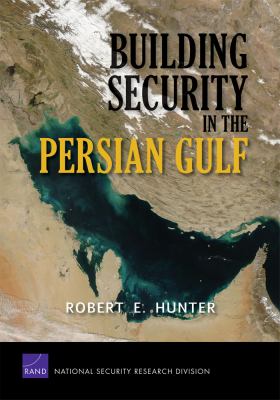
e-Book
|
Building security in the Persian Gulf
Copies
0 Total copies, 0 Copies are in,
0 Copies are out.
Title
Building security in the Persian Gulf
Call No
JZ6009.P35
Digital Link
Authors
Subjects
Language
English
Published
Santa Monica, CA : RAND National Security Research Division, 2010.
Publication Desc
xxvi, 175 p. : col. maps ;
ISBN
9780833049186
(pbk. : alk. paper)
LCCN
2010017767
Dimensions
26 cm.









